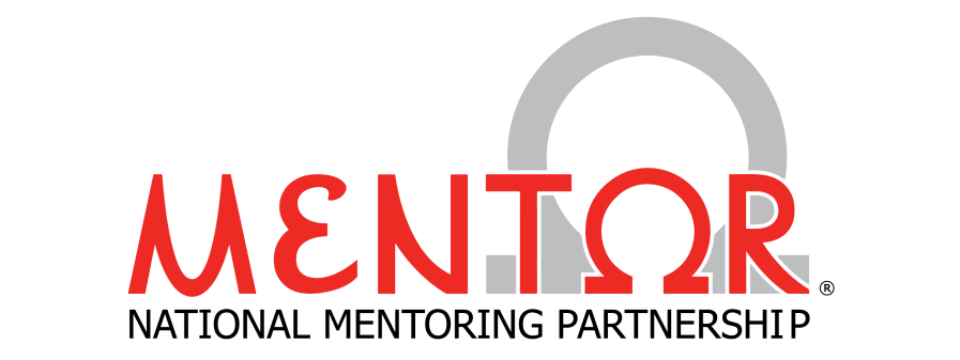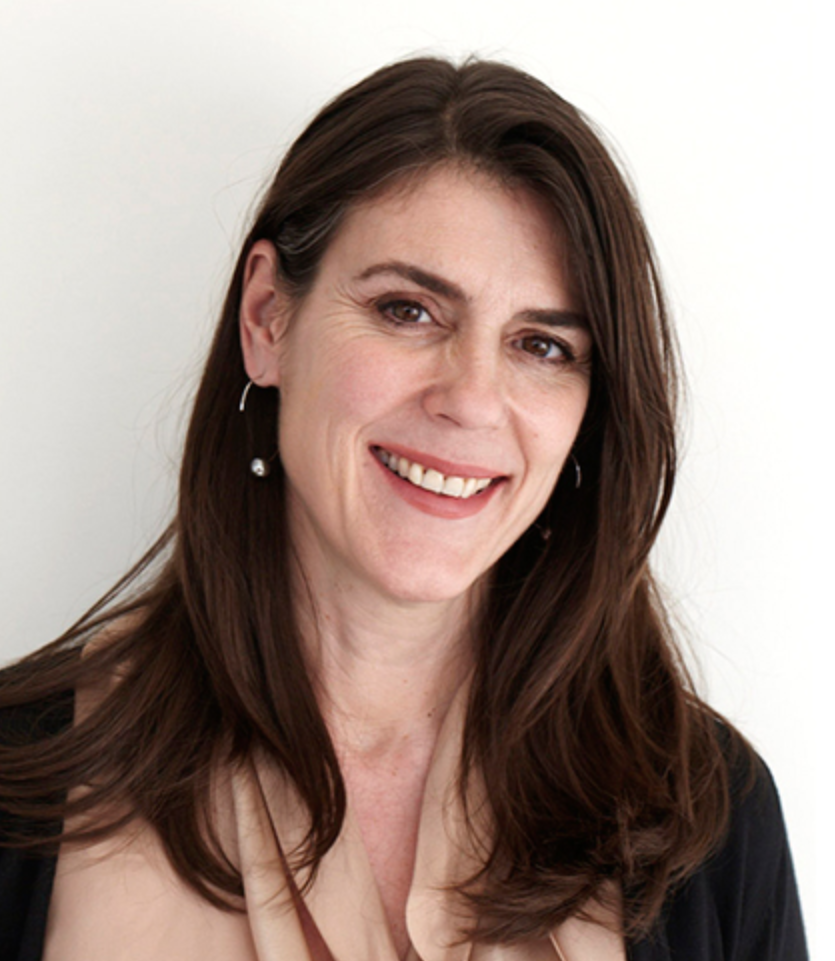Even With a Vaccine, It Takes a Village To Get Kids Back To School
By Artis Stevens, Black Enterprise
As parents, families, and communities nationwide prepare to send children back to school, there is still uncertainty and obvious questions about our preparedness. Watch any news program, read most online articles and the majority of headlines, rightfully so, center on vaccinations and keeping our kids safe and healthy.
And yet, what our kids have experienced after a year and a half of virtual learning, social isolation and emotional trauma will take more than a vaccine to eradicate. Communities are grappling with preexisting conditions exacerbated by the pandemic and social unrest in our country– inequitable access to broadband, food, shelter, and social-emotional support services. This back-to-school season will find nearly 11 million kids living in poverty and more than 13 million young people experiencing emotional, behavioral, or developmental conditions like depression.
The unfortunate reality is that there is no singular vaccination or antidote that can fix or mitigate these challenges all at once, but there are solutions that can be found in the lessons and values we’ve learned as a community over time. As youth experience a myriad of emotional, social and economic challenges, they require solutions that create a safe, supportive and positive developmental eco-system that gives them space to cope and grow. When I was growing up as a child this concept was commonly referred to as the “village” where neighbors and community members served as extended family on behalf of the well-being of each child in the community. These villages also known as communities, support groups, networks, cohorts, etc. live by a set core of principles that are more relevant than ever in raising our children today.
The first principle is the belief that no one organization, family, adult or child can take on these big challenges facing our kids alone. It means embracing both the strengths and gaps we bring into a child’s life and most importantly, identifying, and welcoming partners who can help fill these needs and create opportunities to support kids. One of the most powerful outcomes of this extended period of isolation was an unprecedented showing of connectivity of services, resources and ideas to match need, opportunity and solutions more effectively. We saw this across community organizations who pivoted and expanded their services to match the needs for kids and families in their communities. We also witnessed neighbors, like our friends in Chicago who stepped up to commit their time and talents in extraordinary ways filling in gaps for vital services for the well-being of young people in their community.
The second principle is embracing the power we have as individuals to make a difference. As the CEO of the largest youth mentoring organization in the country I am often asked by people I meet “what can I do to make a difference, I’m just one person?” My response is that you have the ability to change a life, all it takes is one person who cares. Today, one in three kids in our country are growing up without a mentor to provide support and positive reinforcement. This past year alone, 20% of the young people we serve reported losing contact with an important adult in their life. There is a relationship deficit growing across too many communities and it demands time and talents to help reverse these alarming trends. We’re seeing progress made despite the challenges of social distancing and health concerns, like in Northwest Florida where a teen’s only connection to the outside world, her mentor–her Big Sister, provided a shoulder to lean on during the most challenging time of her life. There are also promising practices igniting across corporate America and the public sector in creating more opportunities for workplace mentoring, through flexibility and incentives for employees to commit time as part of their workday.
The third and most important of these principles is listening to young people and empowering their voice to solve issues that affect them and their broader community. If we learned anything over the past year and a half, it’s the resilience, resourcefulness and passion of young people. Eighty-three percent of 18-24 year olds believe young people have the power to change the country. We’ve seen their leadership through peaceful protests against racial inequity, their innovation in mobilizing movements through digital and social platforms, a rise in youth volunteerism during the pandemic and creating support groups to help each other cope during isolation and emotional trauma. Young people are at their best when we as adults empower them to be part of the solution rather than view them as a puzzle to be solved.
So, what can you do? Where do you start? A simple yet powerful way to start is right in your community through volunteerism. Imagine the future of our communities and our country if millions of positive adults volunteer their time to mentor a child. Amplify that impact by millions of young people who are then inspired to find their path in life and contribute positively their communities.
This is the antidote our kids need right now. This is the village we can create together.
To access the resource, please click here.














